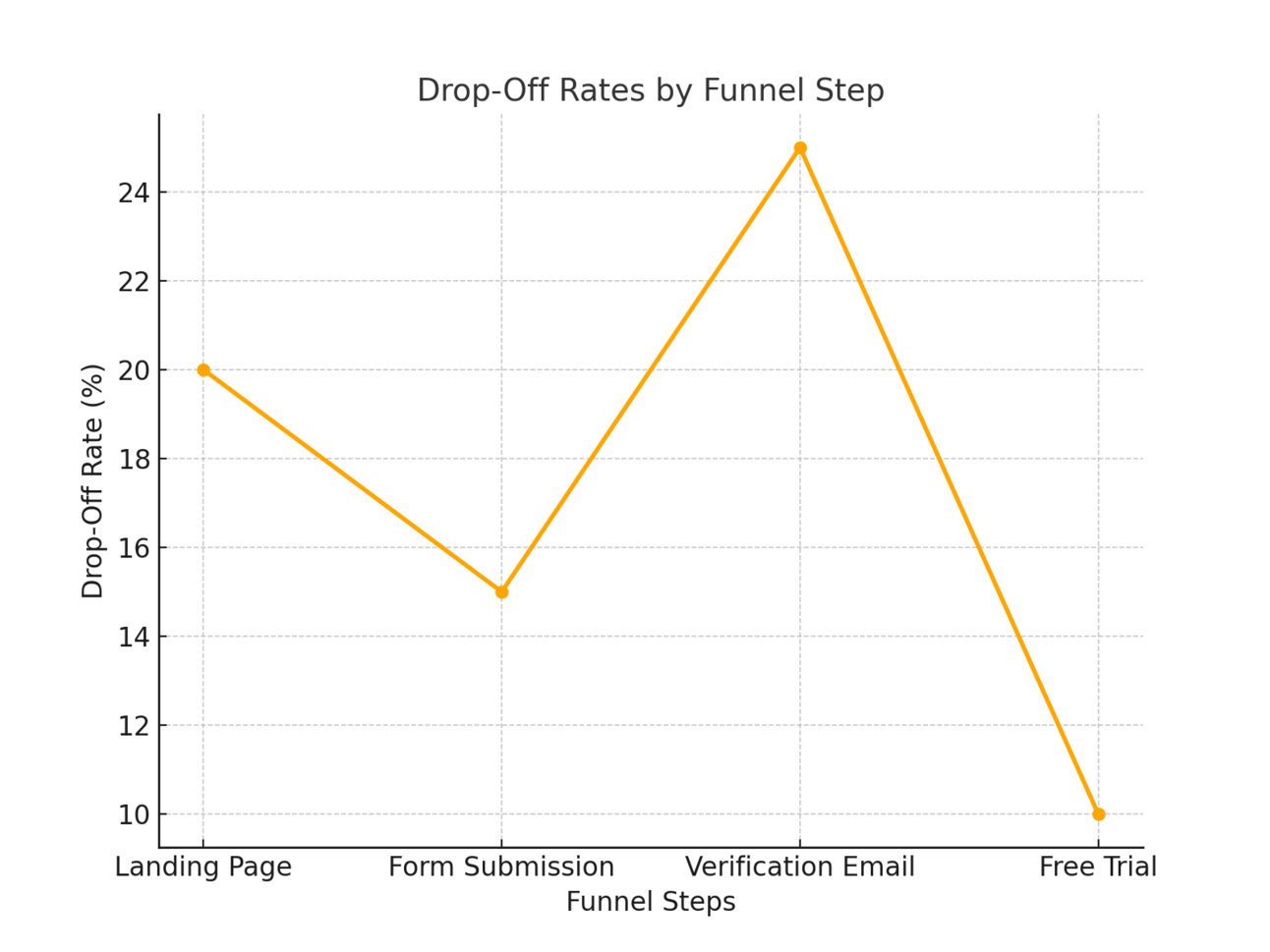- Growth Elements
- Posts
- How Micro-Conversions Drive Funnel Success
How Micro-Conversions Drive Funnel Success
Read time: 3 minutes.
Welcome to the 87th edition of The Growth Elements Newsletter. I write an essay on growth metrics, experiments, and business case studies every Monday and sometimes on Thursday.
Today's piece is for 6,500+ founders, operators and leaders from businesses such as Shopify, Google, Sage, Hubspot, Zoho, RateGain, Zaggle, Servcorp, and Apollo.
Today's The Growth Elements is brought to you by:
There’s a reason 400,000 professionals read this daily.
Join The AI Report, trusted by 400,000+ professionals at Google, Microsoft, and OpenAI. Get daily insights, tools, and strategies to master practical AI skills that drive results.
Leave generic ads behind and unlock better ROI
Creatopy's AI-powered on-brand ad generation helps you create and deliver winning ads in seconds.
Companies like Nestle, Nascar, Amazon, Salesforce or Decathlon already rely on Creatopy to create high-performing ads and improve their ROI.
Thank you for supporting our sponsors, who keep this newsletter free.
Happy Monday!
Macro-conversions like a purchase or subscription are often celebrated. However, micro-conversions - the smaller, incremental actions users take throughout their journey - are equally critical in driving overall funnel performance.
Here’s how focusing on micro-conversions can significantly enhance your funnel efficiency:
[1] What Are Micro-Conversions?
Micro-conversions are small, meaningful actions that guide users closer to the final conversion. These include:
Clicking on an ad or CTA.
Watching a product demo video.
Signing up for a newsletter.
Adding a product to the cart.
While these may not result in immediate revenue, they indicate user engagement and intent.
[2] Why Micro-Conversions Matter
Early Engagement: Micro-conversions capture user attention early, preventing drop-offs.
Data Insights: Tracking these actions provides insights into user preferences and pain points.
Progression Mapping: They show where users are in the funnel and help identify friction points.
Example: Optimizing this touchpoint can increase overall conversions if users frequently abandon sign-ups at the email verification step.

[3] Types of Micro-Conversions Across Funnels
Awareness Stage:
Clicking on a blog post or ad.
Viewing a landing page.
Consideration Stage:
Downloading an eBook or whitepaper.
Signing up for a webinar.
Decision Stage:
Starting a free trial.
Saving items to a wishlist.
Each stage benefits from optimized micro-conversions that reduce friction and improve progression.
[4] Improving Funnel Performance Through Micro-Conversions
A/B Testing: Experiment with CTA text, button colours, and placement to improve click rates.
Behavioural Nudges: Use gamification or urgency tactics like countdown timers to prompt action.
Personalization: Tailor content and offers based on user behaviour and preferences.
Case Study: Dropbox optimized its free trial sign-up process by simplifying the steps, leading to a 15% increase in trial activations (micro-conversion) critical for their funnel.
[5] Measuring and Optimizing Micro-Conversions
Metrics to Track: Click-through rates (CTR%), video completion rates, sign-ups, or email opens.
Tools to Use: Platforms like Google Analytics or Hotjar for heatmaps and user session recordings.
Final Words
Micro-conversions are the building blocks of your funnel’s success.
By optimizing these touchpoints, you not only enhance user experience but also create a more efficient path to macro-conversions.
Remember, every small step matters in guiding users toward your ultimate goal.
That's it for today's article! I hope you found this essay insightful.
Wishing you a productive week ahead!
I always appreciate you reading.
Thanks,
Chintankumar Maisuria
